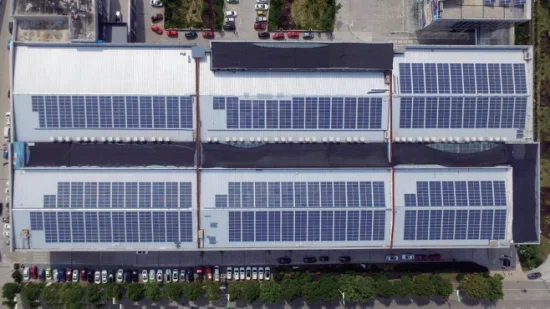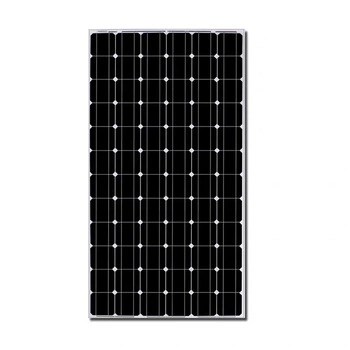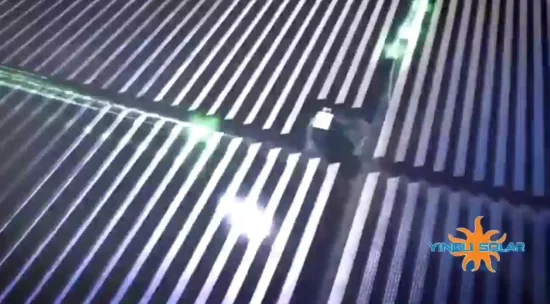
Best Quality Solar Energy Solar Panel Shingles Tiles Roof on Outdoor Roof
Product Description Specificatio Features Advantage1.Beautiful aesthetics The solar tiles fit seamlessly with the BIPV s
Product Description

Product Description
Specificatio
MODEL | S-1 (Small Size) | S-2 |
SIZE | 630*480mm | 1260*480mm |
Weight | 9kg | 16.5kg |
GLASS(Materials/Thickness) | Low-iron tempered glass/3.2mm | Low-iron tempered glass/3.2mm |
Battery Size | 182*91mm (2*5) | 182*91mm (5*12) |
Junction Box | ≥IP67 | ≥IP67 |
Cable Type | 450mm / 4mm² | 900mm / 4mm² |
Cable Joiner | MC4 | MC4 |
Lifespan | >30 years | >30 years |
Power output | 35W | 87W |
Temperature Range | -40°C to +85°C | -40°C to +85°C |
Fire Rating | ClassA | ClassA |
Features

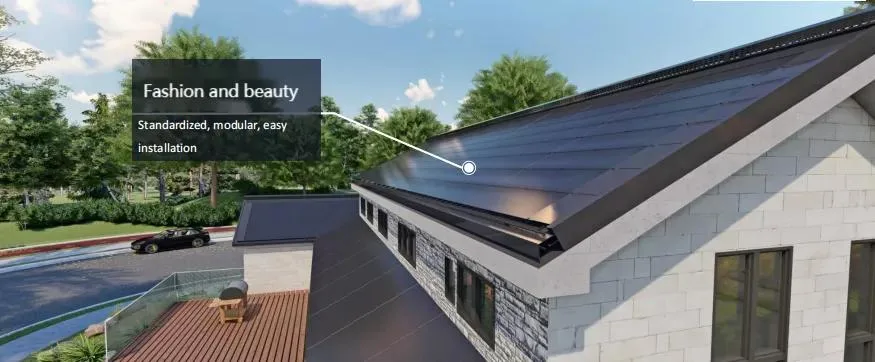
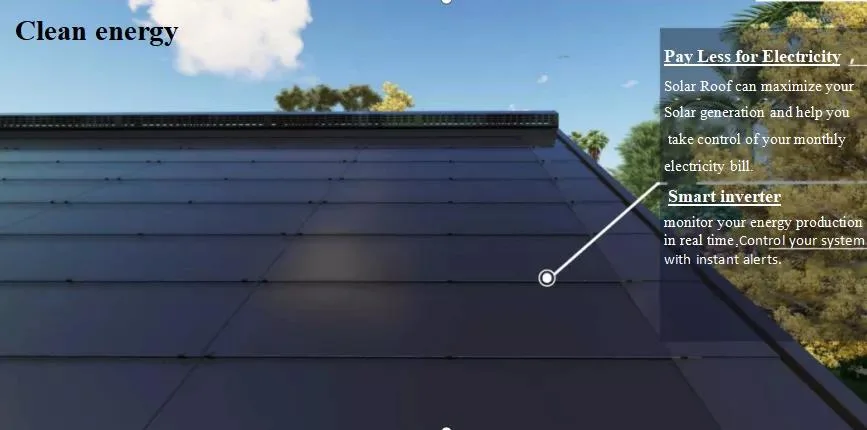
Advantage1.Beautiful aesthetics
The solar tiles fit seamlessly with the BIPV solar roof tile high quality micro concrete flat tiles. They fit in perfectly with
the rooflines so the solar tiles blend very well with the roof tiles and appear virtually invisible.
2.Long lifespan
The solar tiles are made from high-quality materials which have been specially selected and tested for this product. They are designed to have a lifespan of at least 30 years. The roof tiles themselves come with a 30-year guarantee.
3.High efficiency
The solar tiles have a high efficiency.
4.Affordable
Simple and quick assembly makes the BIPV solar roof tiles ideal for new construction and renovation projects.
5.Value of your home
Solar energy does add value to your home. The beautiful aesthetics of our solar tiles increase this further. A nice thought if you come to sell your home!
6.Easy fitting
The BIPV solar roof tiles can be supplied in different widths.
ProjectsProduct Packing
| Product type | Solar roof tile |
| Product size | 1260*480mm/630*480mm |
| Unit weight | 17kg |
| PCS/Carton | 26pcs |
| Carton size | 1340X1080X660mm |
| Unit weight | 442kg |
| Gross weight | 472kg |
The exact amount of energy that BIPV products or systems can produce is contextual. The total amount of energy will depend on several environmental factors related to your home location, including: Insolation/Solar Radiation: The average amount of solar radiation your home receives, as calculated by kWh/m2/day, is the most common way to describe the amount of solar resources in a particular area. Check out this tool provided by the US Department of Energy to determine your home's solar radiation potential.
Climate and other Weather Conditions: Both scorching summer temperatures and continuously cloudy/rainy conditions can negatively affect the system output for all types of BIPVs. Also, urban areas with high levels of air pollution may increase cleaning and maintenance requirements to ensure the BIPV systems operate at maximum efficiency. Shading Conditions: Though solar technologies today deal better with shady conditions, the presence of trees, buildings, and other structures that block the sun from your home for long periods of the day will reduce the BIPV system energy production.
4.Are BIPVs Worth It?
The primary appeal of BIPV products is twofold. BIPV systems increase the space on and around that home where you can turn solar radiation into usable energy for your home. More importantly, is the economic factor because BIPV products serve a double function. They provide renewable energy while also protecting the house, reducing the cost of autonomous solar energy generation for homeowners. By using solar shingles instead of asphalt panels, homeowners can essentially "discount" the roofing price from their solar installation. The same "discount" could also be applied to skylights, railings, skylights, and other places where manufacturers could design BIPV systems.
5.How Long do BIPVs Last?
Another added economic benefit with some BIPV systems is that they could potentially be much more durable than the building systems/elements they replace. For example, most asphalt shingle roofs have an average lifespan of 15 years. Conversely, most solar shingles will last 25-30 years with only a small drop in efficiency towards the end of that lifespan. The total economic savings associated with a BIPV roof, then, should take into consideration the cost of two roof installations. You could apply the same principle to solar facades and other BIPV systems.
6.What Is a Solar Shingle(BIPV)?
Like solar panels, solar roofing is designed to capture the energy from the sun that is shining on your roof and turn that energy into a usable power source for your home. Though different types of solar roofing products are available, they are all essentially mini solar panels designed to look like and function as conventional roofing materials. The main market driver of solar roofing products was consumer demand for solar panels that were less noticeable and conspicuous. Though some people appreciate the "futuristic" look of a roof clad in solar panels, others lament the loss of traditional roofing appearance. Solar roofing, then, is made to resemble asphalt shingles or slate tiles while also producing electricity. All of the different types of solar roofing are known as building-integrated photovoltaics (BIPV).
7.How Long Does Solar Roofing(BIPV) Last?
Solar shingles and other solar roofing products are lightweight and easy to install. Like all types of roofing alternatives, they are designed to withstand rain, wind, and hail and should easily last for 25 years or more. For example, Tesla's Solar Roof comes with the following specifications/warrantees:
* Tile warranty: 25 years
* Power warranty: 25 years
* Weatherization warranty: 25 years
* Wind rating: ASTM D3161 Class F
* Fire rating: Class A (highest rating)
* Hail rating: ANSI FM 4473 Class 3
Send to us



